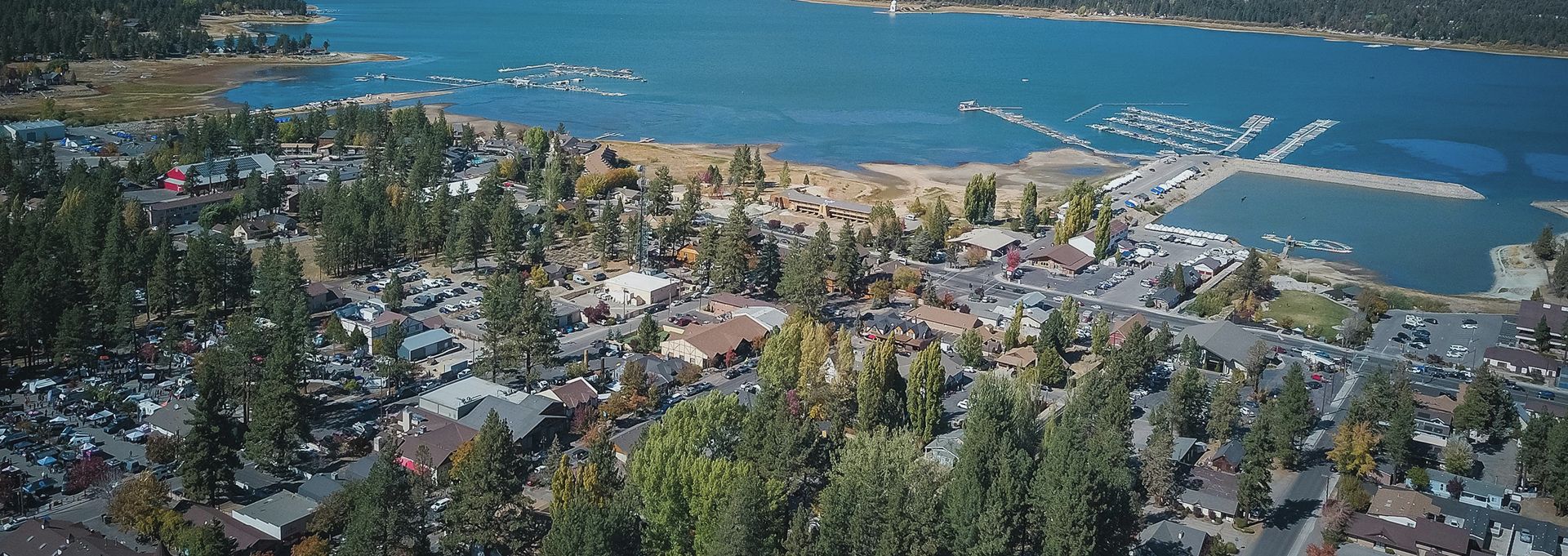Time. Rarely is the topic of conversation that we have too much of it. More often, the conversation trends toward not enough hours in the day to do all the things we have, and want, to do. And it’s the same pervasive theme underscoring conversations about the climate crisis. We are short on time.
Our window of opportunity to mitigate increasingly frequent and severe impacts from a warming world is shrinking. Even roughly one degree (half a degree Celsius), on average, of additional warming results in dramatic differences. It is the difference between 6 or 16 million people affected by sea-level rise. It is the difference between 70 or 99% of coral reefs dying. That incremental increase dramatically impacts food security, poverty increases, loss of critical habitat, and so much more.
The positive news is we have opportunities that help make communities and ecosystems more resilient in the face of climate change and its impacts. But how do we make the most of the time (and resources) we have?
We prioritize. We optimize. To address the complexity and urgency of the challenges we face, we need collective effort, wisdom, and ingenuity across communities, disciplines, and industries.
Recently, our CTO explored the true cost of open source and proprietary software – likening the choice between the two to taking the train versus owning a car. Extending that analogy, data and science are a type of fuel powering your selected mode of transportation.
If we need to go faster in a safe, sustainable, and efficient way, we believe open science is the high performance, low emissions fuel that accelerates our trains or cars in the right direction.
What is open science?
Open science includes the principles and practices that make the products and processes of inquiry accessible, inclusive, and equitable for the collective benefit of society. It is a framework focused on how to share and co-produce learnings to inform and accelerate others, include more voices and perspectives, build trust, promote broader peer review, and progress together.
Access to scientific innovation is not a new ideal, or a placating phrase. It’s identified as a human right in the 1948 Universal Declaration of Human Rights. What access looks like in the digital era has evolved, with growing expectations for more transparency into the elements and products of the scientific process addressing our shared and interconnected environmental, social, and economic challenges.
Over the past several decades, countries have invested in open science networks and infrastructure. In the 1990s, Latin and South America launched open access journals and repositories like Redalyc and SciELO, followed closely by other countries around the world.
In 2021, the United Nations Educational, Scientific and Cultural Organization (UNESCO) drafted and adopted a recommendation establishing the first internationally agreed upon definition and set of common values, principles, and standards for open science supported by the 193 UN member states. While there is still work to do to increase inclusivity (e.g., nearly half of all open-access repositories are published in English) and minimize the unintended consequences stemming from broadening access (e.g., scholarly journals charging a fee to publish open access), in two years the number of countries with formalized open science policies doubled (up to 11).
In the United States, the Biden-Harris administration declared 2023 as the Year of Open Science in support of advancing the principles of open science, increasing public access to federally funded research, and accelerating collaboration and innovation. As part of that initiative, the National Aeronautics and Space Administration (NASA) launched the Transform to Open Science (TOPS) program to train scientists and researchers in open science best practices and advance the culture of open science across agencies, organizations, and communities.
And we’re seeing an increase in public availability of scientific data and papers. The Latin American digital library Redalyc includes over 1600 journals that have published 800,000 open access articles from 31 countries. A 2023 report by the open access journal PLOS, highlighted that between 2021 and 2022, overall data sharing rates for articles published in their journals rose to 75%, and data repository use rose to 28%.
Going beyond sharing
While increasing the number of open access articles, datasets, and code repositories is an important achievement, sharing data or code is just part of the equation to reach the ethical maximum velocity possible with our low emissions fuel. That’s where FAIR Principles (Findable, Accessible, Interoperable, Reproducible) and the CARE Principles (Collective benefit, Authority to controle, Responsibility, Ethics) play an important role.
Inquiry products and processes must be easy to locate and access while respecting the communities and purpose of data. Transparency also drives the reproducibility of the scientific process, enabling the confirmation, contradiction, or extension of previous findings that without which there is limited trust and the scientific method breaks down.
It’s important to note that the open science framework recognizes that “open” means as open as possible while maintaining data stewardship best practices, attribution, and respecting data sovereignty and cultural considerations. Not all data should, or can, be open. Protected or sensitive information and intellectual property are just a few categories that fit along the continuum of closed to open data.
How Vibrant Planet goes beyond sharing to conduct science openly
At Vibrant Planet, urgency catalyzed our founding. Within that shrinking window of time to implement strategies building toward ecosystem and community resilience in the face of climate change and catastrophic wildfire, there was an opportunity to couple the latest science and tech to accelerate impact. Building on the momentum of advances in the data and tech sector with the latest in ecological science and land management, we saw an opportunity to help accelerate processes that usually take years. Collaborative, cloud-based tools could interactively uncover insight and help get to action and impact in months.
Working with partners and other open science outputs, we aggregate and contextualize data and models to help create a trusted common operating picture for decision makers, communities, organizations, researchers, and practitioners working to steward our lands across the multiple scales and jurisdictions necessary to increase resilience. Here’s an example from the USFS operationalized in partnership. Our platform not only enables multiple stewards to identify areas where their finite resources can achieve the greatest impact (e.g., restoration, risk reduction, and resilience opportunities), but importantly uncovers areas where, even when considering different values, opportunity overlaps so that work can commence on what we agree on and advance conversations for further prioritization.
And we’re doing it at scale. Our technology is deployed with partners on nearly 30 million acres across the western United States. We’ve mapped and analyzed nearly half a billion trees using remote sensing and machine learning. That number is growing rapidly and the fuel propelling us forward? A commitment to and reliance on open science.
Operating transparently is central to how our teams and technologies work. We’re committed to democratizing access to data as part of our mission as a public benefit corporation, but also the way in which we make the most informed use of the time and resources we have. We do this through:
- Documenting extensively the details of the methods behind our scientific products through our product and technical guides (review our product guide). We are committed to transparency in our science and not obscuring the details.
- Sharing novel data through our non-profit arm and licensed for use alongside accessible metadata and documentation.
- Sharing presentations and peer reviewed publications created by our team and maintaining an active pipeline for articles for open access publication as our science grows.
- Partnering with federal agencies, nonprofit organizations, and communities to co-create and openly disseminate innovative data and science.
And coming soon, we’re launching Vibrant Planet Open Science, a GitHub repository through which we can collaborate on scientific code with partners, share templates to increase data interoperability across efforts, and make freely available outputs resulting from partnerships. We will share an update when the inaugural data and code are available shortly, which include the first entries to a response function library. Response functions map how specific things we care about like ecosystem services (e.g., water, carbon), animal and plant species, buildings, and infrastructure respond to planned (e.g., removing vegetation to reduce fire fuel loads) and unplanned (e.g., wildfire) disturbance to support land management decision making. Coupled with spatial data, response functions enable exploring how different actions or events interact with each other or help achieve community and ecological goals. We’re excited to share that these first entries are the result of an active collaboration with a multi-agency working group, including the United States Forest Service, the National Marine Fisheries Service, and the US Fish Wildlife Service focused on threatened and endangered species in Wildfire Crisis Strategy landscapes.
Identifying and implementing solutions together
We’re excited about the many ways in which data and science, including our own, are being shared – and we are inspired by the ways parallel roads and tracks are coming together to help accelerate the common goal of a more resilient future. Innovation is fueled by open science, and we will continue to drive full speed ahead embracing this spirit.












